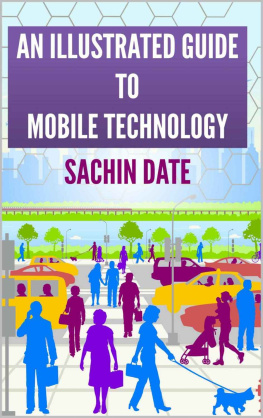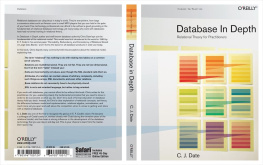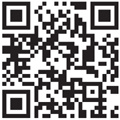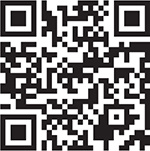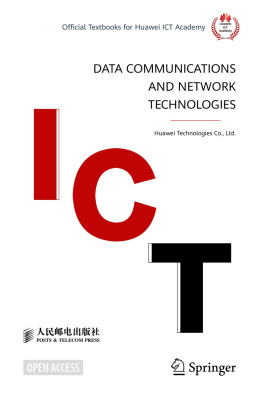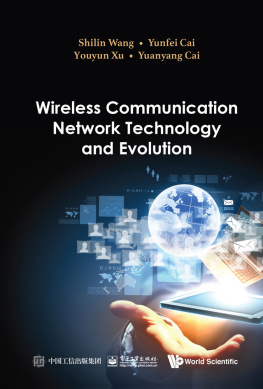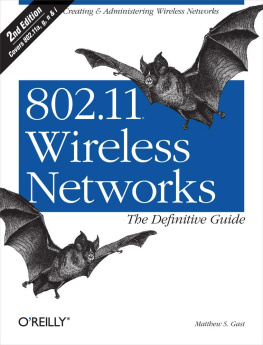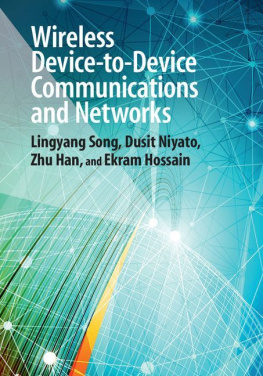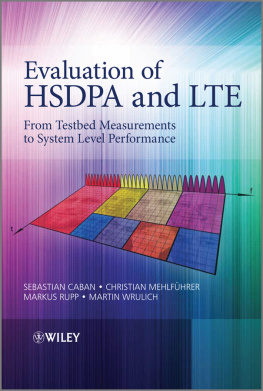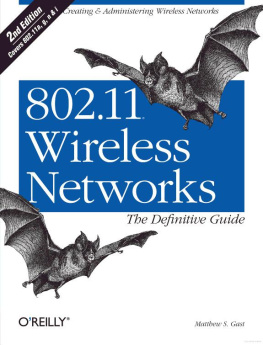AN ILLUSTRATED GUIDE
TO
MOBILE TECHNOLOGY
Copyright 2015 Sachin Date
All rights reserved
By purchasing this book, you agree to accept the following Limit of Liability and Disclaimer of Warranty:
Limit of Liability and Disclaimer of Warranty: The author and publisher have used their best efforts in preparing this book. The information provided herein is provided as is. You should use this information as you see fit, and entirely at your own risk. Your particular situation may not be exactly suited to the material described or illustrated in this book. You should adjust and modify your use of the information and recommendations according to the unique requirements of your situation.
The author makes no representations or warranties with respect to the accuracy or completeness of the information contained in this book and specifically disclaims any implied warranties of merchantability or fitness for any particular purpose and shall in no event be liable for any loss to you (either personal or commercial), or loss of profit, or any kind of damage, including but not limited to special, incidental, consequential, or other damages.
Trademarks & copyrights: This book identifies product names, brands, services and names of manufacturers known to be trademarks, registered trademarks, or service marks of their respective holders. They are used throughout this book in an editorial fashion only. In addition, terms suspected of being trademarks, registered trademarks, or service marks have been appropriately capitalized, although the author cannot attest to the accuracy of this information. Use of a term in this book should not be regarded as affecting the validity of any trademark, registered trademark, or service mark. The author is not associated with any product, manufacturer or vendor mentioned in this book, and neither promotes nor discourages the use of any product, manufacturer or vendor mentioned in this book.
BISAC Category: TEC061000 TECHNOLOGY & ENGINEERING / Mobile & Wireless Communications
Published by Amazon Digital Services, Inc.
To my wife Aditi, and son Nikhil,
Without your help and support, this book would have remained just an idea in my mind.
CONTENTS
PART I: HISTORY OF THE MOBILE PHONE
On January 9 2007 the world witnessed the first Apple iPhone. This was the day Steve Jobs showcased the iPhone at the Macworld Conference in San Francisco, California in what is considered to be one of the most significant product launches of all times. Later that year June 29 to be precise people in the United States got their hands on their first ever iPhone. Within three months Apple had sold its one millionth iPhone in the US. At one point during this sales blitzkrieg, 270,000 iPhones were sold in a 30 hour time span; an average of 150 iPhones getting sold every 60 seconds!
Since its launch in June 2007 Apple has sold more than half a billion iPhones. Seldom has something so expensive that occupies such a small volume sold so many units.
The iPhone, followed by the Google Android Phone that was launched in 2008 have together changed the way we use our phones in such a fundamental manner that we would be excused in believing that these two devices have changed mobile phone history in ways that nothing else has.
However the roots of mobile technology penetrate much deeper into the annals of history.
Over the past six decades, government bodies, international standards bodies, giant corporations and individual innovators have each pushed the envelope on what is possible in mobile technology. Innovations have come out of university labs, corporate labs, government labs, workshops & conferences, and from peoples homes and garages. This evolution has been a tight interplay between the evolution of mobile networks and the mobile phones that use them. Our mobile phones have evolved to meet our ever growing expectations of them, and the networks have evolved to support what people want to be able to do with their phones.
While the evolution of mobile technology has been complex and multifarious, if you step back a bit from all the complexity, you can spot some pretty remarkable trends and milestones. These milestones have fundamentally shaped the evolutionary history of the mobile phone and the mobile network.
In the first part of this book, I shall take you through what I hope will be a fascinating tour of the history of mobile telephony. In doing so, we will uncover some astounding gems of creativity and innovation. To borrow a phrase from Steve Jobs we will seek to "connect the dots" on the path that has led to the creation of the modern smart phone.
So lets roll the tape back all the way to the 1800s!
FROM SMOKE SIGNALS TO WIRELESS RADIO
The history of wireless communication goes as far back as we can look into modern human history. For thousands of years people have been inventing ways of communicating over long distances using all kinds of techniques ranging from fireworks to carrier pigeons! The early forms of wireless telegraphic systems actually did use things such as fireworks, and smoke or light signals to transmit information in the form of a string of encoded symbols. All of this off course looks hopelessly primitive compared to what the smart phone sitting in our pockets can do today. But as you will soon see, the DNA of that very phone were manufactured in this early era.
The Photophone
A fascinating invention in the early days of wireless telephony was the Photophone created by Alexander Graham Bell and his assistant Charles Sumner Tainter in February 1880.

Figure 1: Technical Drawing of the Photophone appearing in Alexander Graham Bell and Sumner Tainters USA patent 235496 titled Photo phone-transmitter published on 14 December 1880.
The Photophone was remarkably elegant in its simplicity.
A beam of light was focused into a parabolic mirror which reflected the light right out. One spoke into the back side of such a mirror. The mirror flexed back and forth ever so slightly in response to the varying pressure of the sound waves hitting it on its back side. This flexing of the mirrors surface caused the light that was being reflected by the mirror to be proportionately modulated, i.e. its frequency was altered in proportion to the amount and frequency of the flexing of its surface. Thus the light waves that were reflected out from the mirror effectively encoded the speech of the person who was speaking into the backside of the mirror!
The receiver consisted of another parabolic mirror which focused the received light waves into a special material known as transducer which converted light back into sound. Alexander Graham Bell used Lampblack as the trans-ducting material in his original design.

Figure 2: Left: Alexander Graham Bell (1847-1922). Right: Charles Sumner Tainter (1854-1940)
Bell was enormously proud of the Photophone, proclaiming it to be his greatest invention, and also wanting to name his second daughter Photophone! Mrs. Bell is said to have wisely discouraged her husband from taking this step.
Bells Photophone was subsequently enhanced by himself as well as several other adopters of the device in many important ways. The direct sound-to-light coupling of the original device was changed into a sound-to-electrical-to-light coupling. The range of the Photophone was increased to several miles. The light source was changed from sunlight to a variety of artificial light sources including infrared light. The Photophone was also adopted in battlefields during the 1930s and 1940s for communicating between battlefield field units. A very useful advantage that the Photophone enjoyed in the battlefield was that its light based transmission mechanism could not be easily eavesdropped upon.

